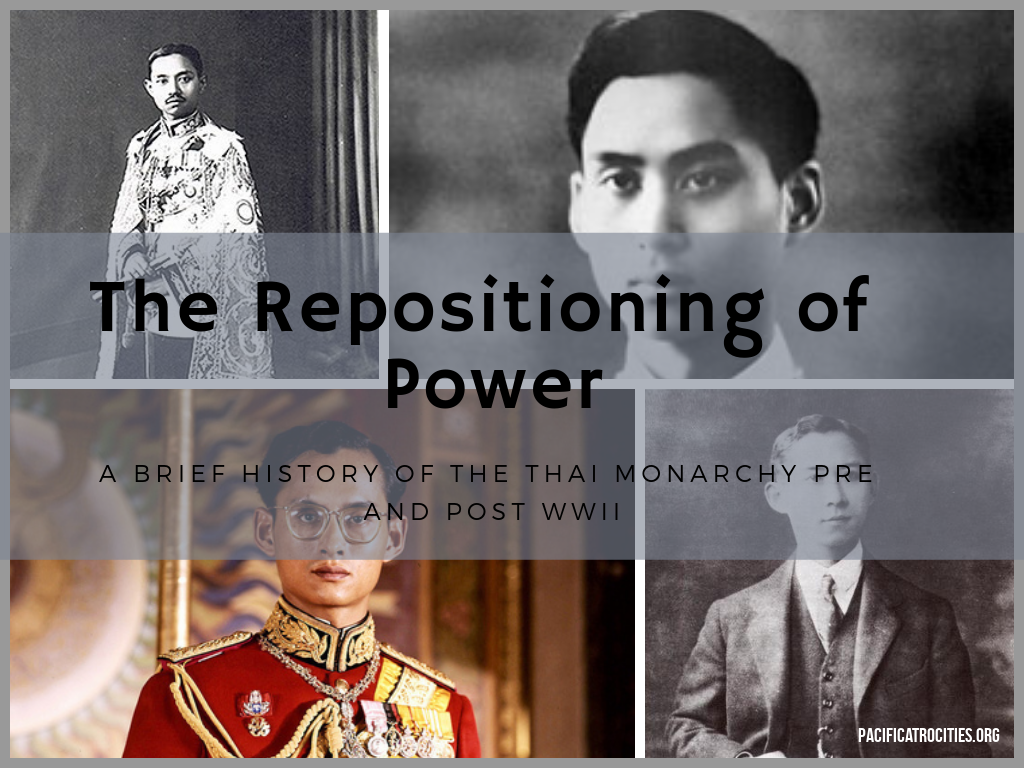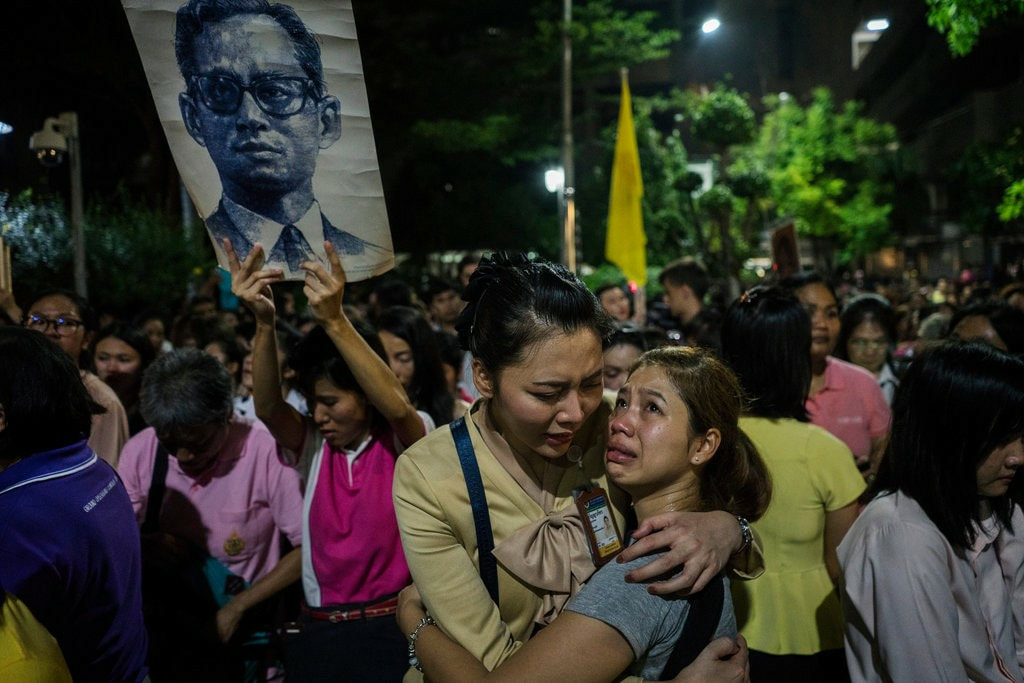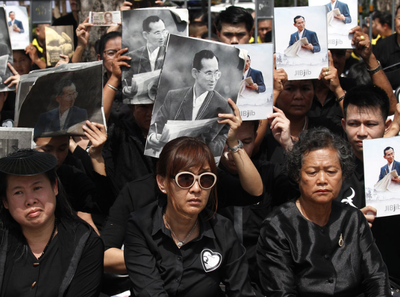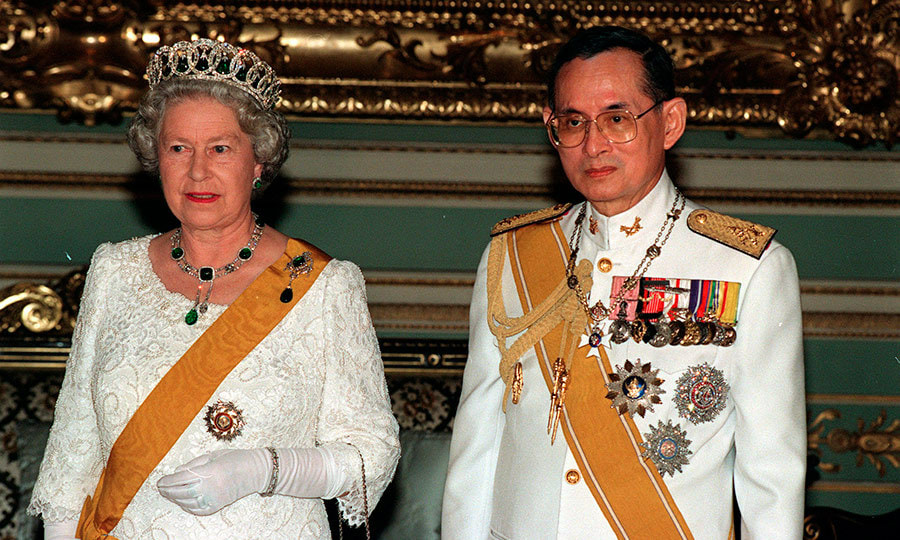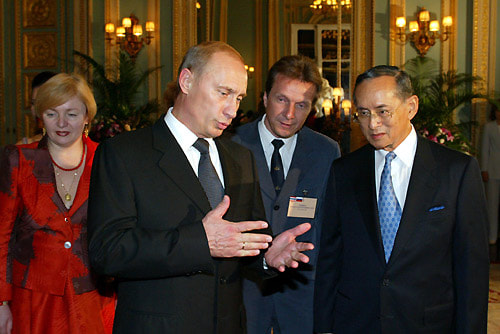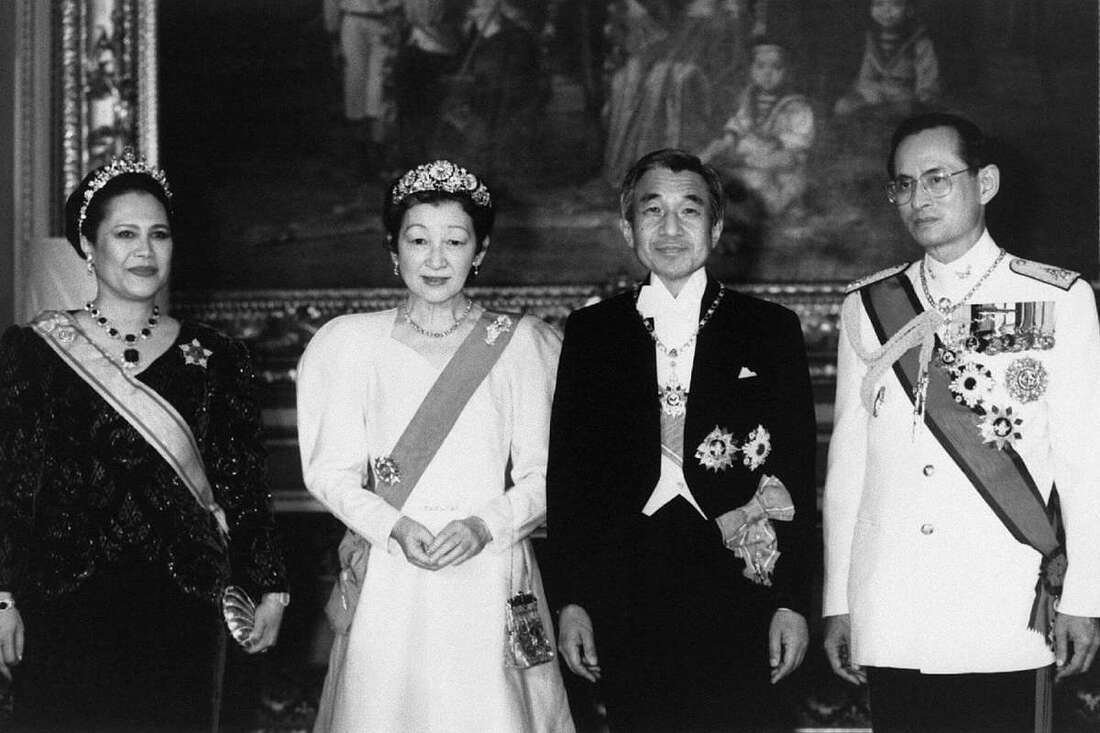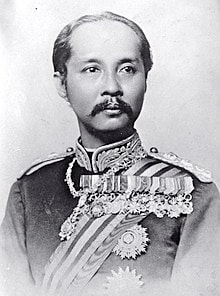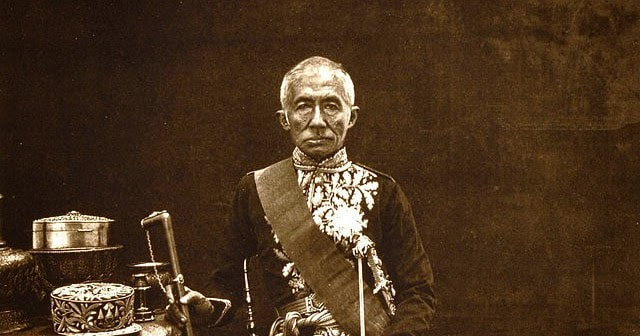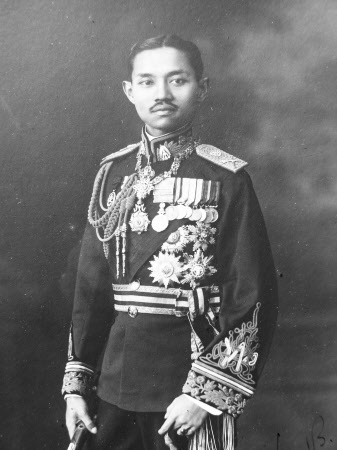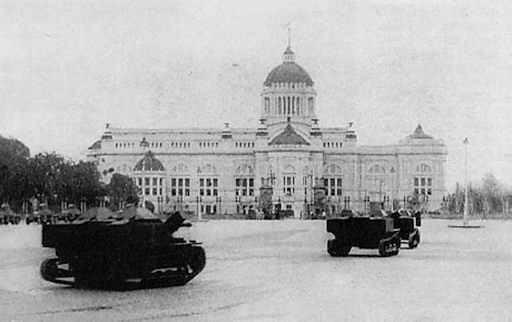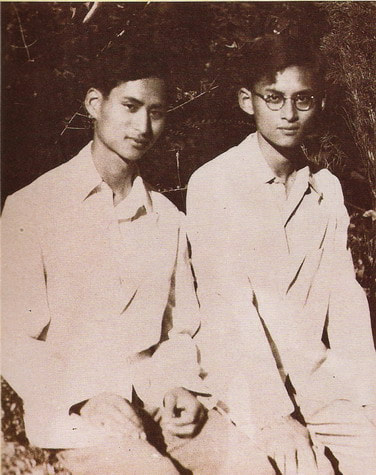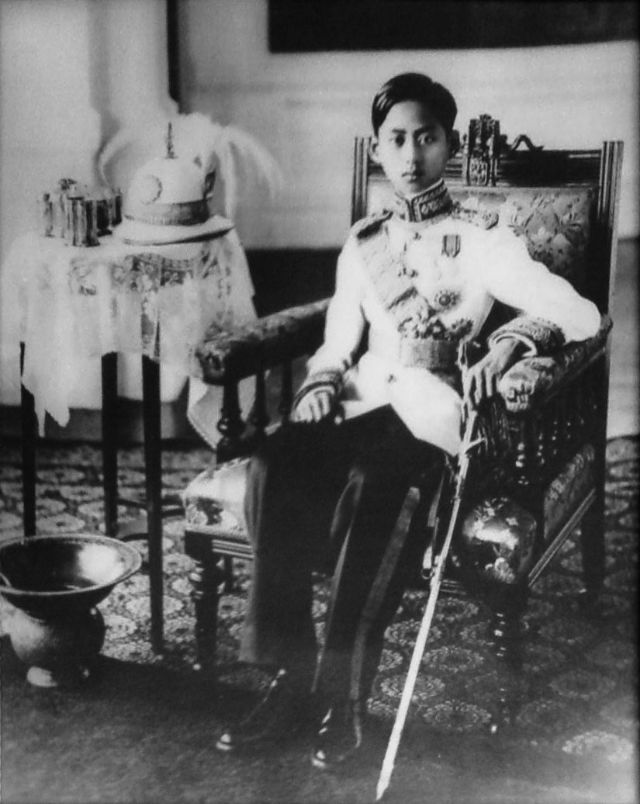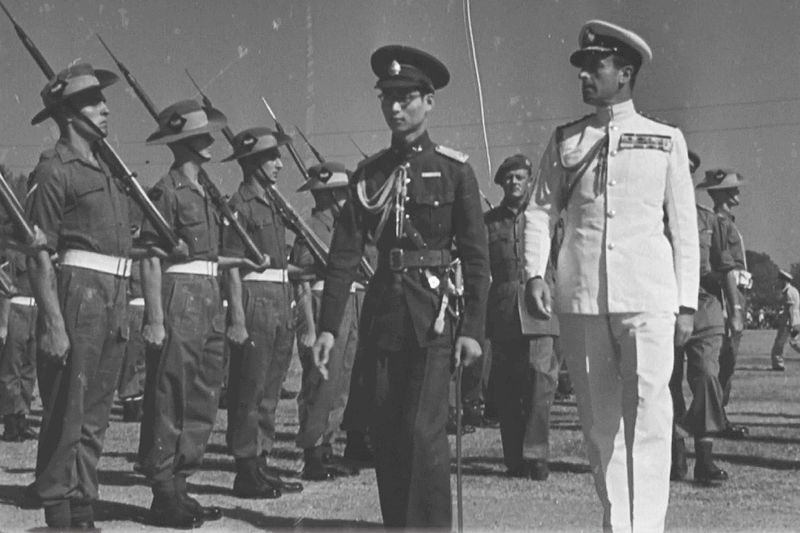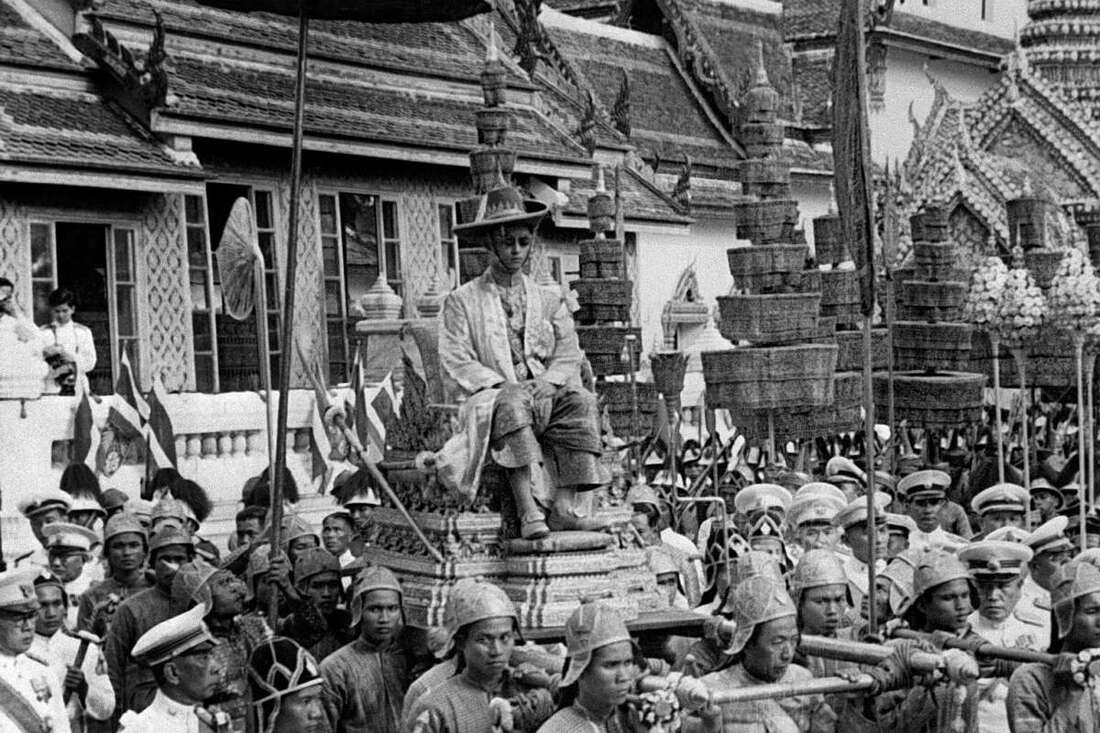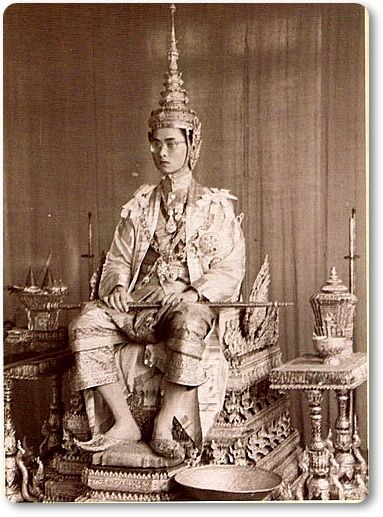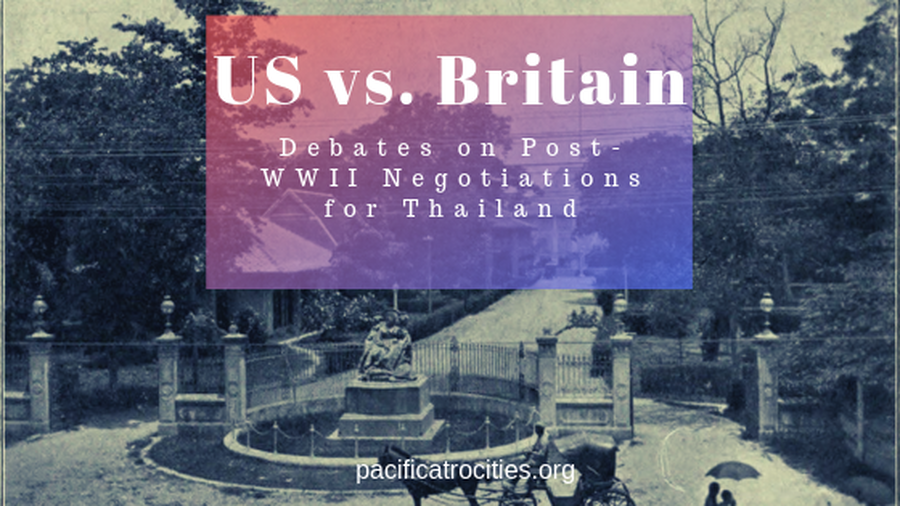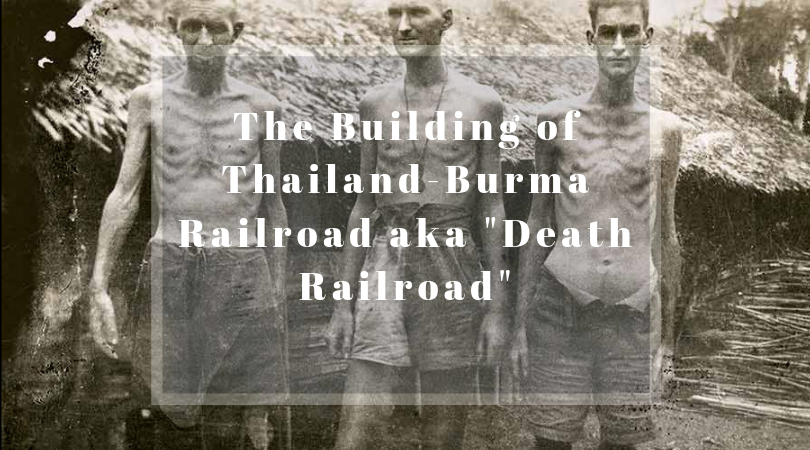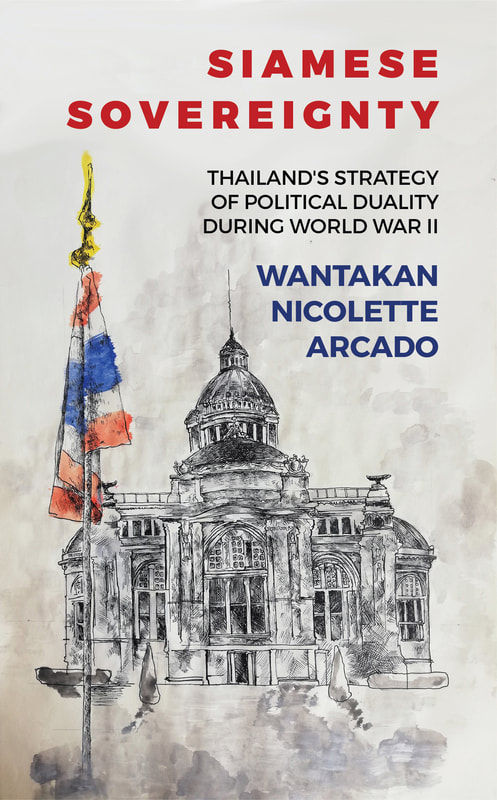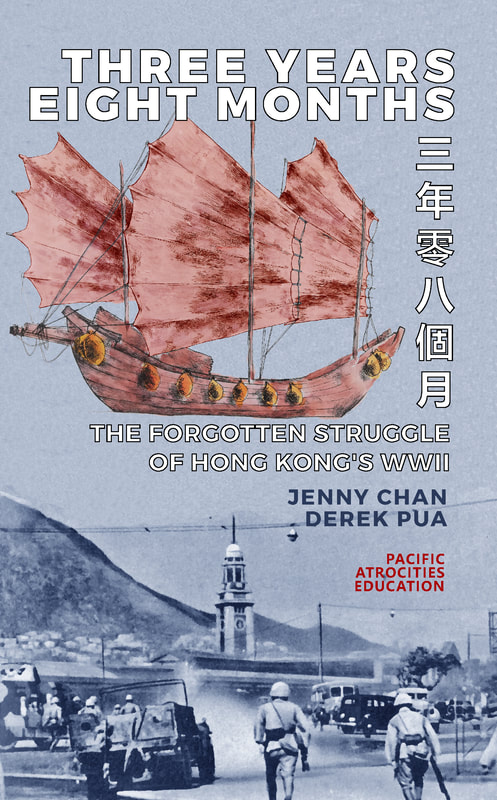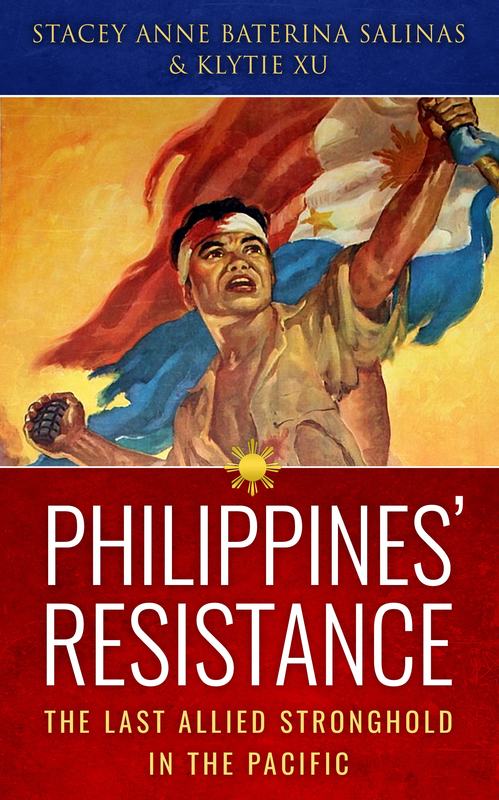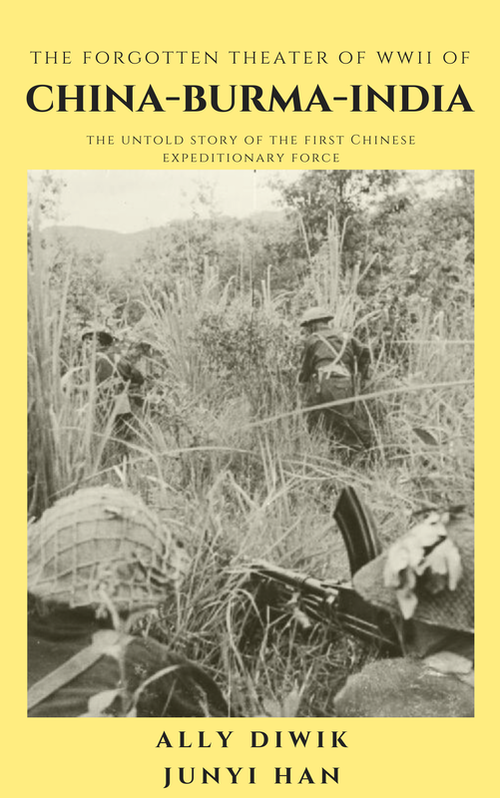|
by Nickii Wantakan Arcado
October 13, 2016, the day that Thailand, and the world, lost the longest reigning monarch in modern history. King Bhumibol Adulyadej of Thailand took the throne shortly after World War II, and for over 70 years, personified loyalty, hierarchy, and humility—characteristics that were used to define Thai statehood. He was 88 years old.
After the news of his passing at Siriraj Hospital, Thai citizens were in mourning. For an entire year, Thai citizens wore black garments out of respect for the death of their monarch. Over the past year, over 12 million citizens came to pay respect to the King at his final resting place at the Grand Palace in Bangkok. To them, King Bhumibol was the only king they knew. From June 9 of 1946 to October 13 of 2016, he witnessed vast transformations within his country, from that of an agricultural based economy to a modern, socioeconomic climate with a growing middle class.
Even with limits on his direct power and constitutional role due to the system of a constitutional monarchy, one cannot deny that King Bhumibol was well respected and adored by his people. With a single gesture of soft words, he managed to diffuse a coup by inviting the then sitting Prime Minister, Prem Tinsulanonda, to stay at the Royal Palace. Again, in 1992, he managed to defuse the political impasse between two opposing parties by inviting the leaders to his home, and lecturing them that their political warfare was a danger Thailand’s stability. The King was not only a well-respected figure but his skills in mediation lead to multiple peaceful outcomes in Thai history.
In addition, the King lead many rural and agricultural development projects throughout the country. He spoke on ideas of self-sufficiency and promoted projects that focused on rural economic development. These projects included rebuilding/upgrading dams to water rice fields, establishing milk-pasteurization plants, as well as recycling sugarcane and transforming it to fuel. His projects were later called the Royal Thai Projects (โครงการหลวง) and would later go on to become an important contributor to the UN's international development goals. He was a monarch loved by his people for his intelligence, selflessness, and grace.
King Bhumibol and other world leaders throughout his reign
Before King Bhumibol’s reign, until the year 1932, Thailand was ruled under an absolute monarchy. Under this political system, the King had full control over the judicial body, the appointment of both state and tumbol (jurisdiction) officials, and overall state policies that governed the country. Famously recognized Kings under Thailand’s total monarchy system included King Chulalongkorn, known for his social reforms including the abolition of slavery and territorial concessions he negotiated to prevent the country from being colonized by the British and the French. Another King including King Mongkut, who adopted and embraced scientific and cultural expansionism in the country. His story was later inaccurately recreated in the musical, The King and I, a fabricated tale of white female fantasy, white savior complex, and wish fulfillment for a land and political seat white foreigners could never possess. Not to mention the frequent use of yellowface as an attempt to fill in the role of a well respected Thai king.
King Chulalonkorn left, and King Mongkut right
In 1932, the current King in power at the time was King Prajadhipok. He had inherited a political climate that was volatile, and possess serious political and economic powers including a major deficit due to the domino effect of the Great Depression. On June 24, 1932, a small group of both military forces and intellectual overthrew the country’s absolute monarchy. The group enacted the 1932 constitution, severely limited King Prajadhipok’s power to that of a mere symbolic figurehead. They also created Khana Radsadorn (The People’s Party), the first political party in Thai history.
As King Prajadhipok was unable to govern due health reasons, the crown thus moved to the next rightful heir. As King Prajadhipok later abdicated was the last remaining son of Queen Saovabha, the crown went the son whose ranked match hers, Queen Savang Vadhana. While her son, Prince Prince Mahidol Adulyadej—well respected for his knowledge of medicine and public health—passed away, succeeding him were two sons and a daughter, Ananda Mahidol, Bhumibol Adulyadej, and Galyani Vadhana. On March 2, 1935, at the orders of the new cabinet, the crown was thus handed down to King Prajadhipok’s nephew, Ananda Mahidol who was ten (10) at the time.
Older King Ananda and his brother King Bhumibol left, and younger King Ananda right
King Ananda was born in Heidelberg, Germany on September 20, 1925. He was the first King in Thai history to be born outside of Thailand. When his father died when he was just 4 years old, his mother took it upon herself as a widow to raise him and his brother and sister alone. At the time King Ananda was appointed King, the family was living in Switzerland due to the unstable and unpredictable climate in both Thailand and the growing hostilities of the Imperial Japanese army who were gradually invading the surrounding countries in Southeast Asia. In 1938, thirteen-year-old King Ananda visited his country for the first time as King. After the end of World War II, King Ananda officially returned to Thailand with his family. Despite his initial experience with kingmanship, King Ananda quickly won the heart of Thai people longing for a king since the onslaught of the war. One of his most memorable acts included defusing the social, post-war tensions between ethnic Chinese and Thais in Sampheng Lane in Bangkok’s Chinatown. These traits of observation, sympathy, and mediation would later be adopted by his brother, King Bhumibol.
On June 9, 1946, tragedy struck the Royal family, as Prince Ananda was deceased on his bed. He was 20 years old. The throne remained vacant until the end of World War II, when King Bhumibol, at the age of 18, inherited the seat. During the time the two princes were away, Thailand had allied with both the Japanese army and the Allied powers. The former due to political pressures both externally and internally, but was later dismissed as the Thai regent had refused to sign a declaration declaring war on the Allies, later invalidating the war declaration made by then Prime Minister Phibun Songkram. The latter was an underground freedom movement that funneled secret information to both the US Office of Strategic Services and the British Intelligence, an act that would also leave to the pardoning of Thailand for wartime acts.
By May 5, 1950, King Bhumibol had taken his rightful seat as heir to the Thai throne, and crowned 9th king of the Chakri Dynasty. While King Bhumibol and other Thai kings no longer live in the physical world, it is important for both Thais and foreigners alike to remember their impact and legacy. They will forever live in the hearts of us all. Long live the King!
References:
Related ArticlesRelated Books
1 Comment
|
- Home
- Stories
-
Internship
- Summer 2024 Internship
- Summer 2023 Internship
- Fall 2022 Internship
- Summer 2022 Internship
- Summer 2021 Internship
- Fall 2020- Spring 2021 Internship
- Summer 2020 Internship
- Fall 2019 Internship
- Summer 2019 Internship >
- School Year 2018-2019 Internship
- Summer 2018 Internship >
- Fall 2017 Internship
- Summer 2017 Internship >
- Books
- Archives
-
Resource Page
-
Supplementary Research Guides
>
- Unit 731 - Guide >
-
Philippines' Resistance - Guide
>
- Philippines World War II Timeline
- The Japanese Invasion & Conquest of the Philippines
- Bataan Death March
- Formation of Underground Philippines Resistance
- Supplies of the Guerrilla Fighters
- The Hukbalahap
- Hunter's ROTC
- Marking's Guerrillas
- United States Army Forces in the Philippines of Northern Luzon (USAFIP-NL)
- The Aetas
- Chinese and Filipino-Chinese Nationalist Guerrilla Units
- The Female Faces of the Philippine Guerrillas
- Rising Sun Flag - Guide >
- Pinay Guerrilleras - Guide >
- Fall of Singapore - Guide >
- Three Years and Eight Months - Guide >
- Siamese Sovereignty - Guide >
- The Khabarovsk War Crimes Trial - Guide >
- Unit 731 Cover-up : The Operation Paperclip of the East - Guide >
- Marutas of Unit 731 - Guide >
- Prince Konoe Memoir - Guide >
- Competing Empires in Burma - Guide >
- Battle of Shanghai - Guide >
- Ishi Shiro - Guide >
- Taiwan The Israel of the East - Guide >
- Seeking Justice for Biological Warfare Victims of Unit 731 - Guide >
- Rice and Revolution - Guide >
- Clash of Empires - Guide >
-
Hunger for Power and Self-SufficiencyI - Guide
>
- The Influence of War Rations on Post-War Culinary Transformations
- How World War II Complicated Food Scarcity and Invention
- American Military Innovations
- Government-Sponsored Food Inventions in Europe during World War II
- Feeding the Army: The Adaptation of Japanese Military Cuisine and Its Impact on the Philippines
- Mixed Dishes: Culinary Innovations Driven by Necessity and Food Scarcity
-
Denial A Quick Look of History of Comfort Women and Present Days’ Complication - Guide
>
- The Comfort Women System and the Fight for Recognition
- The Role of Activism and International Pressure
- The Controversy over Japanese History Textbooks
- The Sonyŏsang Statue and the Symbolism of Public Memorials
- Activism and Support from Japanese Citizens
- The Future of Comfort Women Memorials and Education
- Echoes of Empire: The Power of Japanese Propaganda - Guide >
- Lesson Plans >
-
Supplementary Research Guides
>
|
Pacific Atrocities Education
730 Commercial Street San Francisco, CA 94108 415-988-9889 |
Copyright © 2021 Pacific Atrocities Education.
We are a registered 501 (c)(3) charity. |
- Home
- Stories
-
Internship
- Summer 2024 Internship
- Summer 2023 Internship
- Fall 2022 Internship
- Summer 2022 Internship
- Summer 2021 Internship
- Fall 2020- Spring 2021 Internship
- Summer 2020 Internship
- Fall 2019 Internship
- Summer 2019 Internship >
- School Year 2018-2019 Internship
- Summer 2018 Internship >
- Fall 2017 Internship
- Summer 2017 Internship >
- Books
- Archives
-
Resource Page
-
Supplementary Research Guides
>
- Unit 731 - Guide >
-
Philippines' Resistance - Guide
>
- Philippines World War II Timeline
- The Japanese Invasion & Conquest of the Philippines
- Bataan Death March
- Formation of Underground Philippines Resistance
- Supplies of the Guerrilla Fighters
- The Hukbalahap
- Hunter's ROTC
- Marking's Guerrillas
- United States Army Forces in the Philippines of Northern Luzon (USAFIP-NL)
- The Aetas
- Chinese and Filipino-Chinese Nationalist Guerrilla Units
- The Female Faces of the Philippine Guerrillas
- Rising Sun Flag - Guide >
- Pinay Guerrilleras - Guide >
- Fall of Singapore - Guide >
- Three Years and Eight Months - Guide >
- Siamese Sovereignty - Guide >
- The Khabarovsk War Crimes Trial - Guide >
- Unit 731 Cover-up : The Operation Paperclip of the East - Guide >
- Marutas of Unit 731 - Guide >
- Prince Konoe Memoir - Guide >
- Competing Empires in Burma - Guide >
- Battle of Shanghai - Guide >
- Ishi Shiro - Guide >
- Taiwan The Israel of the East - Guide >
- Seeking Justice for Biological Warfare Victims of Unit 731 - Guide >
- Rice and Revolution - Guide >
- Clash of Empires - Guide >
-
Hunger for Power and Self-SufficiencyI - Guide
>
- The Influence of War Rations on Post-War Culinary Transformations
- How World War II Complicated Food Scarcity and Invention
- American Military Innovations
- Government-Sponsored Food Inventions in Europe during World War II
- Feeding the Army: The Adaptation of Japanese Military Cuisine and Its Impact on the Philippines
- Mixed Dishes: Culinary Innovations Driven by Necessity and Food Scarcity
-
Denial A Quick Look of History of Comfort Women and Present Days’ Complication - Guide
>
- The Comfort Women System and the Fight for Recognition
- The Role of Activism and International Pressure
- The Controversy over Japanese History Textbooks
- The Sonyŏsang Statue and the Symbolism of Public Memorials
- Activism and Support from Japanese Citizens
- The Future of Comfort Women Memorials and Education
- Echoes of Empire: The Power of Japanese Propaganda - Guide >
- Lesson Plans >
-
Supplementary Research Guides
>
